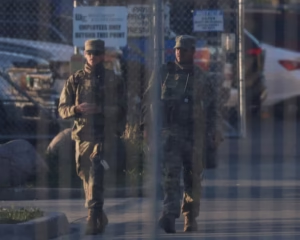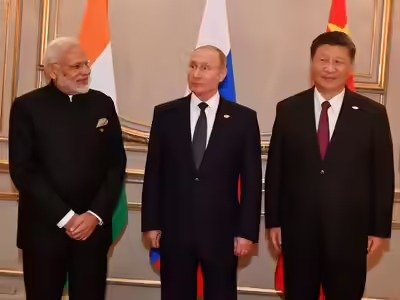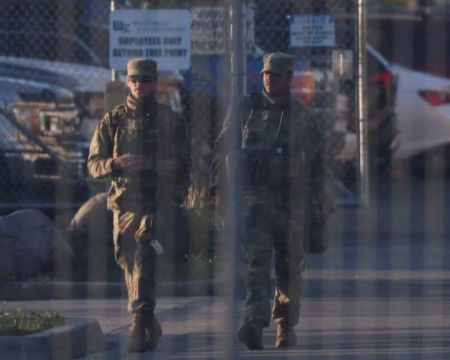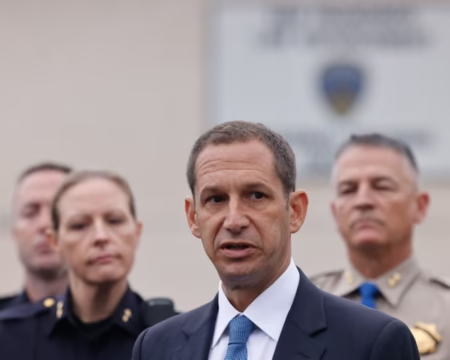Russian President Vladimir Putin is expected to visit India later this year, while Prime Minister Narendra Modi is preparing for his first trip to China in seven years. These meetings, tied to the Shanghai Cooperation Organisation (SCO) Summit, highlight more than diplomatic outreach. They symbolize a growing effort by the three nations to build a united front in global trade and politics.
Analysts say this emerging trinity is fueled by U.S. tariffs and overdependence on the dollar. Trump’s tariff measures, designed to safeguard U.S. industries, may instead be accelerating Eurasian cooperation. Experts argue that the global system is no longer unipolar, with trade routes and financial flows diversifying beyond Western oversight.
Manish Bhandari, founder of Vallum Capital, explained that each country brings its own strength: China leads in manufacturing, Russia dominates energy exports, and India offers a vast services sector and a large consumer market. Together, they form a powerful economic bloc with the capacity to reduce reliance on the U.S. dollar, shift trade flows to local currencies, and create new alternatives to Western-led systems.
The scale of this partnership is striking. Combined, India, China, and Russia represent $53.9 trillion in GDP (PPP), nearly one-third of global output. They account for 20% of global exports, worth $5.09 trillion, and hold $4.7 trillion in foreign reserves, providing nearly 40% of the world’s safety net. With 3.1 billion citizens, they represent the largest consumer base in history.
Trump’s tariff policies, intended to isolate these economies, appear instead to have strengthened their bond. By pushing defense and trade partners toward Western markets, the U.S. risks encouraging greater Eurasian cooperation in both economic and military spheres. Together, India, China, and Russia spend $549 billion on defense, about 20% of global military budgets, while also driving 35% of the world’s energy consumption.
Sandeep Pandey, co-founder of Basav Capital, noted that U.S. sanctions and tariffs have already pushed India and China to buy Russian crude in local currencies, enabling them to build reserves while reducing dollar dependency. He added that this adjustment may prove vital in future currency and trade conflicts.
Energy, manufacturing, and services together create a unique advantage. Russia’s energy resources, China’s production power, and India’s growing digital and services economy create a mix that could shift trade patterns for decades. Avinash Gorakshkar, a market strategist, stressed that this “trinity” is not just about economics but about shaping a new order where Eurasian economies have greater leverage in global negotiations.
For India, the new alignment offers a chance to balance challenges and opportunities. By working with Beijing and Moscow, New Delhi could secure energy supplies, expand export markets, and gain a stronger voice in trade talks. Experts also suggest India could use the partnership to negotiate more favorable terms in China’s Belt and Road Initiative, especially as China’s export-led growth model faces pressure from U.S. tariffs and European trade barriers.
Gaurav Goel of Fynocrat Technologies believes this alliance may also help India attract supply chains shifting out of China. With U.S. and European markets becoming more protectionist, companies are diversifying production into India, Vietnam, and other economies. This realignment could accelerate India’s rise as a global export hub.
Bhandari emphasizes that the India China Russia trade partnership is more than just numbers. It reflects a transition toward a multipolar world where economic power is shared more evenly. He adds that the future may no longer be framed as “China+1” but rather “India+2,” signaling India’s role as an essential partner in the next phase of global commerce.







